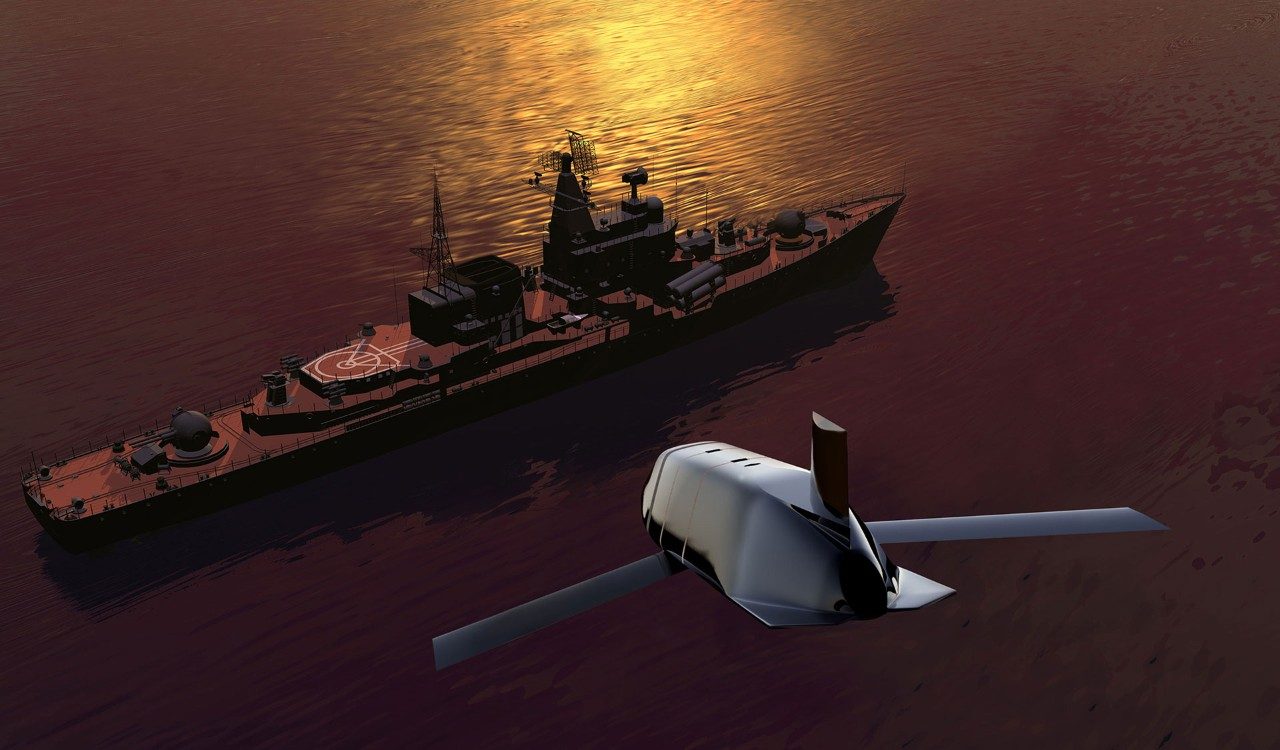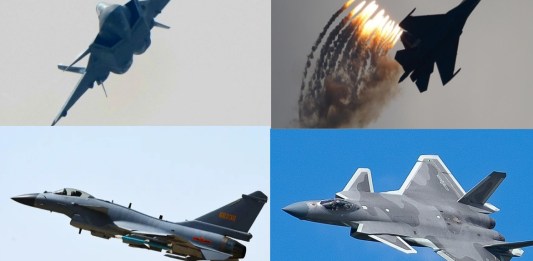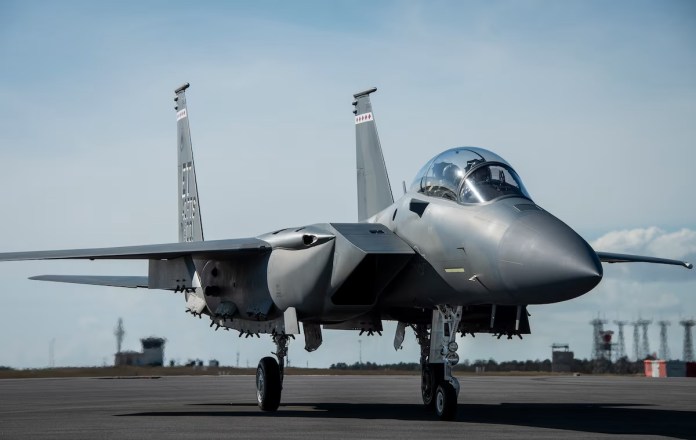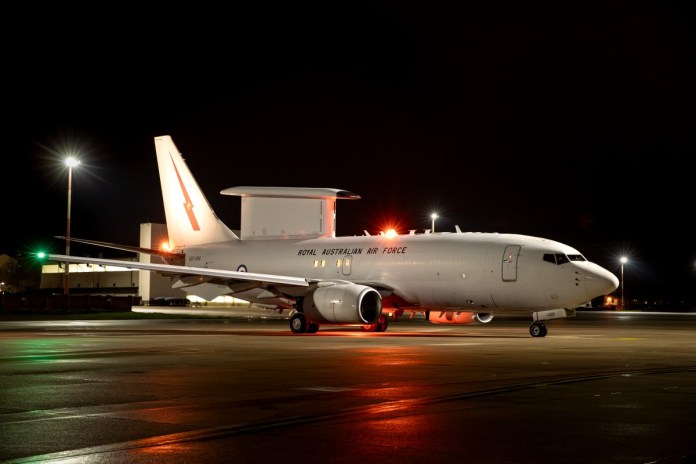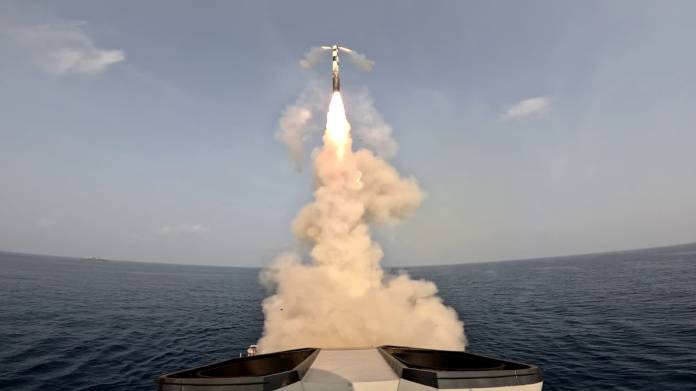Taiwan experienced a powerful 7.2-magnitude earthquake on April 3, causing significant damage and prompting the Republic of China Air Force (ROCAF) to evaluate the impact on its military assets, particularly its fleet of F-16 fighters.
The earthquake, centered off the coast of Hualien, resulted in casualties and widespread destruction, with reports indicating damage to upgraded F-16 fighters stationed at Hualien Air Base, near the epicenter. While official sources confirmed minor damage to six F-16 jets, alternative reports suggested a higher number of affected aircraft.
Damage to the F-16s was primarily superficial, limited to minor scratches and components dislodged due to the tremors. Immediate repair efforts were initiated to restore operational readiness, although reports hinted at cracks in infrastructure at Hualien Air Base, underscoring its strategic importance in Taiwan's defense posture against potential Chinese threats.
Taiwan's investment in upgrading its F-16 fleet to the advanced Block 70/72 Viper configuration reflects its commitment to modernizing its air defense capabilities. Equipped with state-of-the-art avionics, including the Northrop Grumman AN/APG-83 Scalable Agile Beam Radar (SABR), these aircraft offer increased detection and engagement ranges, enhancing Taiwan's ability to counter various threats, including cruise missiles.
Moreover, the F-16V's versatility in armament, featuring advanced missiles like the AGM-84 Harpoon and AGM-88 High-Speed Anti-Radiation (HARM), further strengthens Taiwan's defensive capabilities. However, delays in the procurement of new F-16 Block 70/72 Vipers pose challenges amid escalating tensions with China and underscore the need for Taiwan to bolster its air defense infrastructure for strategic resilience.
